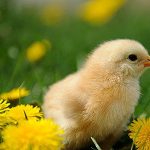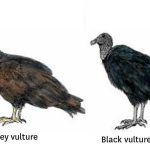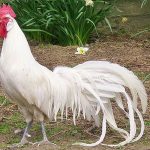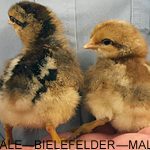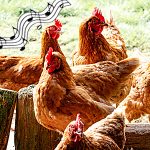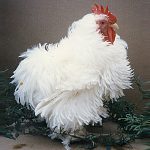
Chickens that free range may occasionally encounter weeds that are toxic. Even so, most toxic plants don’t taste good, so chickens are rarely tempted to eat them. Besides, birds peck a little here and a little there to get variety in their diet. A bite or two of a toxic leaf or seed will rarely […]
Continue Reading
